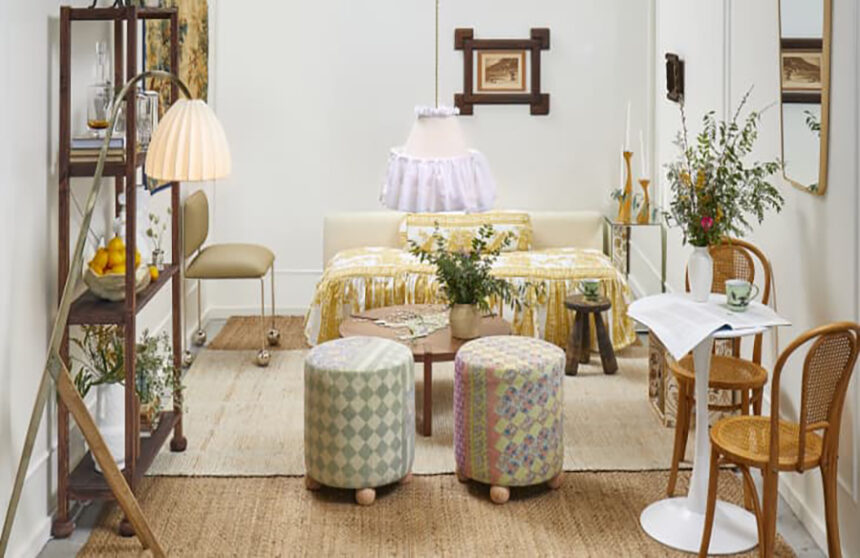Circles, spheres, and ovals have long been prominent shapes in design, experiencing periods of popularity throughout history. One of the most iconic manifestations of this trend is the ball feet, which have adorned furniture for centuries, adding both stability and decorative detail to various pieces.
Historical Context
The use of ball and bun feet traces back to the William and Mary era, named after Queen Mary II and King William III. These feet were prevalent in furniture design from the 17th to the 19th century, adorning chairs, cabinets, and other pieces, contributing to the aesthetic appeal of colonial and post-colonial furniture.
Contemporary Revival
In recent times, the ball shape has made a comeback in furniture design, with modern pieces featuring ball feet gaining popularity. Retailers like The Citizenry, T.J. Maxx, and Target are incorporating ball shapes into their furniture offerings, ranging from accent chairs to cabinets. This resurgence adds a touch of warmth and classic elegance to contemporary living rooms, appealing to those with a penchant for traditional design.
DIY Potential
One notable aspect of the ball trend is its DIY appeal, particularly with ball and bun feet. Designers and enthusiasts have demonstrated how simple wooden bun feet can be used to customize furniture pieces affordably. This DIY approach allows for the fusion of nostalgic elements with modern design sensibilities, offering a fresh take on classic aesthetics.
Expansion into Decorative Accessories
The influence of the ball shape extends beyond furniture, permeating the decorative accessory market. Balls and bobbin beaded trims are adorning mirrors, table legs, and picture frames, further solidifying the resurgence of this timeless design element. Additionally, pom-pom garlands offer a playful alternative for incorporating the ball trend into interior decor on a smaller scale.
Soft Goods and Textiles
The ball shape is not limited to furniture and accessories but has also found its way into soft goods and textiles. Pom-pom trims adorn lampshades, towels, and blankets, adding a whimsical touch to home decor. This widespread adoption of the ball shape across different product categories underscores its enduring appeal and versatility in contemporary design.
As the ball shape continues to captivate designers and homeowners alike, its presence in various aspects of interior decor reaffirms its status as a timeless and versatile design element that transcends generations.



Leave a Reply